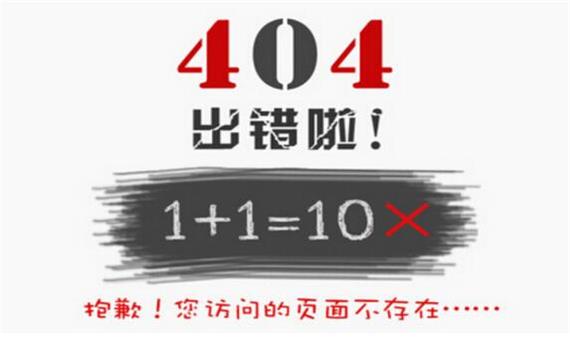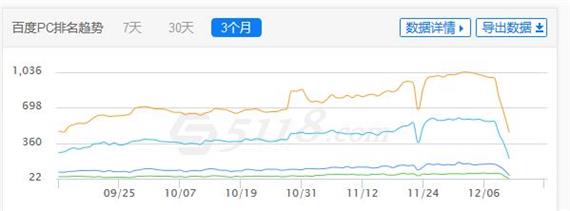[Website Dead Links] The Impact of Dead Links on SEO Ranking!
Publish: 2016-12-12 | Modify: 2016-12-12
The Impact of Dead Links on SEO Ranking

Dead Link Formats
First, let's talk about the formats of dead links. There are two types: protocol dead links and content dead links.
Protocol Dead Links: These are dead links that are clearly indicated by the TCP/HTTP protocol status of the page, such as 404, 403, 503, etc. (Recently, I personally experienced protocol dead links: 404 and 503).

Content Dead Links: These are dead links where the server returns a normal status, but the content has changed to information that is unrelated to the original content, such as non-existent, deleted, or requiring permission. (The best example of this is when you post an external link and it gets deleted, resulting in a content dead link).

Causes of Dead Links
There are various reasons for protocol dead links:
- Server issues, usually resulting in a 503 status.
- The database no longer supports dynamic links, resulting in dead links.
- Issues with the access path, causing data retrieval failures and resulting in dead links.
- Link replacements without immediate implementation of 301 or 302 redirects, resulting in dead links.
The causes of content dead links are usually when the original content is deleted without timely handling of the dead links.
Impact on SEO
Regardless of whether it is a protocol dead link or a content dead link, if not addressed, it will have the following impacts:
- Poor user experience leading to loss of users: This principle is understandable. After finally finding what you're looking for, you encounter a dead link. The disappointment is evident.
- Reduced search engine friendliness: This mainly affects spider crawling. If dead links are not addressed, it will increase the workload for spiders and lead to dead ends, resulting in a loss of spiders and a decrease in indexing.
- Decreased ranking and even being penalized: This is something no webmaster wants to see. The purpose of optimization is to improve user experience, increase indexing, improve ranking, and increase traffic. Don't be like me, feeling the pain of ranking dropping.

How to Handle Dead Links
- Set up a 404 page: The reason for setting up a 404 page is twofold. On one hand, it informs users that the webpage has been deleted or cannot be accessed due to other factors. However, through this 404 page, users can continue browsing the homepage or other sections, reducing the impact on user trust. This also allows Baidu spiders to exit the site's dead loop and improve their efficiency, which will not affect Baidu's evaluation of website authority and ranking.
- Submit dead links to Baidu: Baidu provides a solution for handling dead links. By using the dead link submission feature in Baidu Webmaster Tools, you can submit existing dead links.
- Manual retrieval and removal: The best approach is to solve the problem at its source. Analyze the website's access logs daily, identify the source of dead links, and resolve them. We will cover how to analyze website logs in future courses.
Finally, a reminder: Dead links must be addressed promptly, and it's important to develop the habit of analyzing logs daily. Don't wait until your ranking suffers to regret it!
東明, SEO columnist at XiaoZ Blog. WeChat ID: wx5785370, SEO discussion group: 68973910.
Comments

xiaoz
I come from China and I am a freelancer. I specialize in Linux operations, PHP, Golang, and front-end development. I have developed open-source projects such as Zdir, ImgURL, CCAA, and OneNav.
Random article
- Tianbao Mini Host + Deepin OS, Creating My Own Development Environment (Multiple Images)
- Installing vlmcsd on CentOS to Set Up KMS Activation Server
- Recording the Experience of Starlight Internet Account Deletion
- Finally Passed the Website Filing Application
- Please try to avoid using images with Chinese names on the website.
- ImgURL/OneNav Double 11 Special Offer Officially Starts
- Special Offer on Bandwagonhost for Double 11: 2 Cores, 2GB RAM, 40GB SSD, $29/year [Sold Out]
- Office Broadband Trap: My Real Experience with China Mobile Business Broadband in Chengdu
- 1 Yuan to Open Qiniu Cloud Hosting (1 Month)
- Installing Plex on CentOS 7 to Create Your Own Home Entertainment